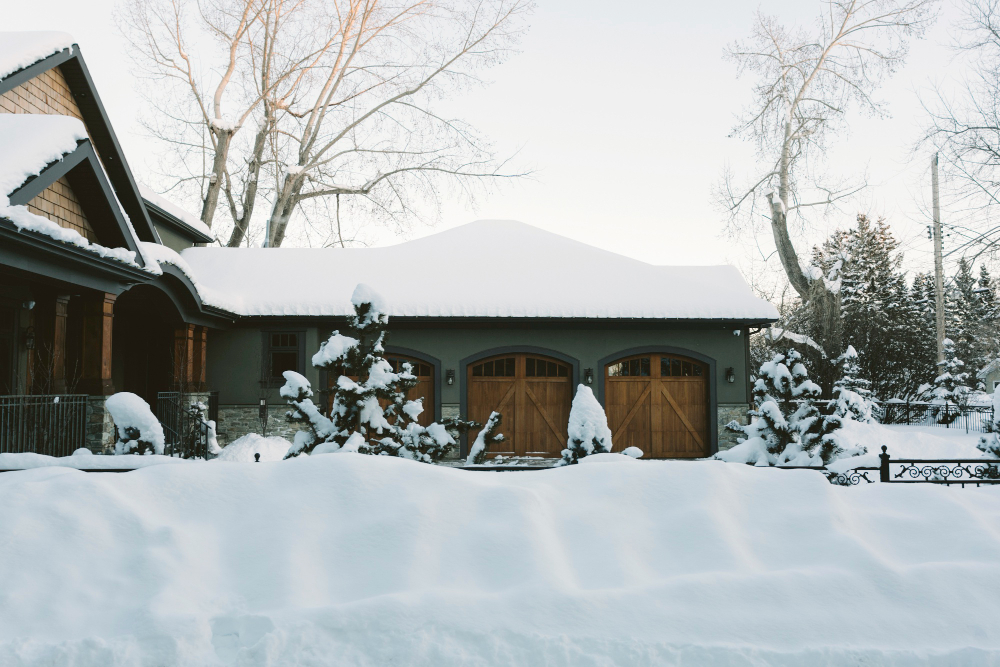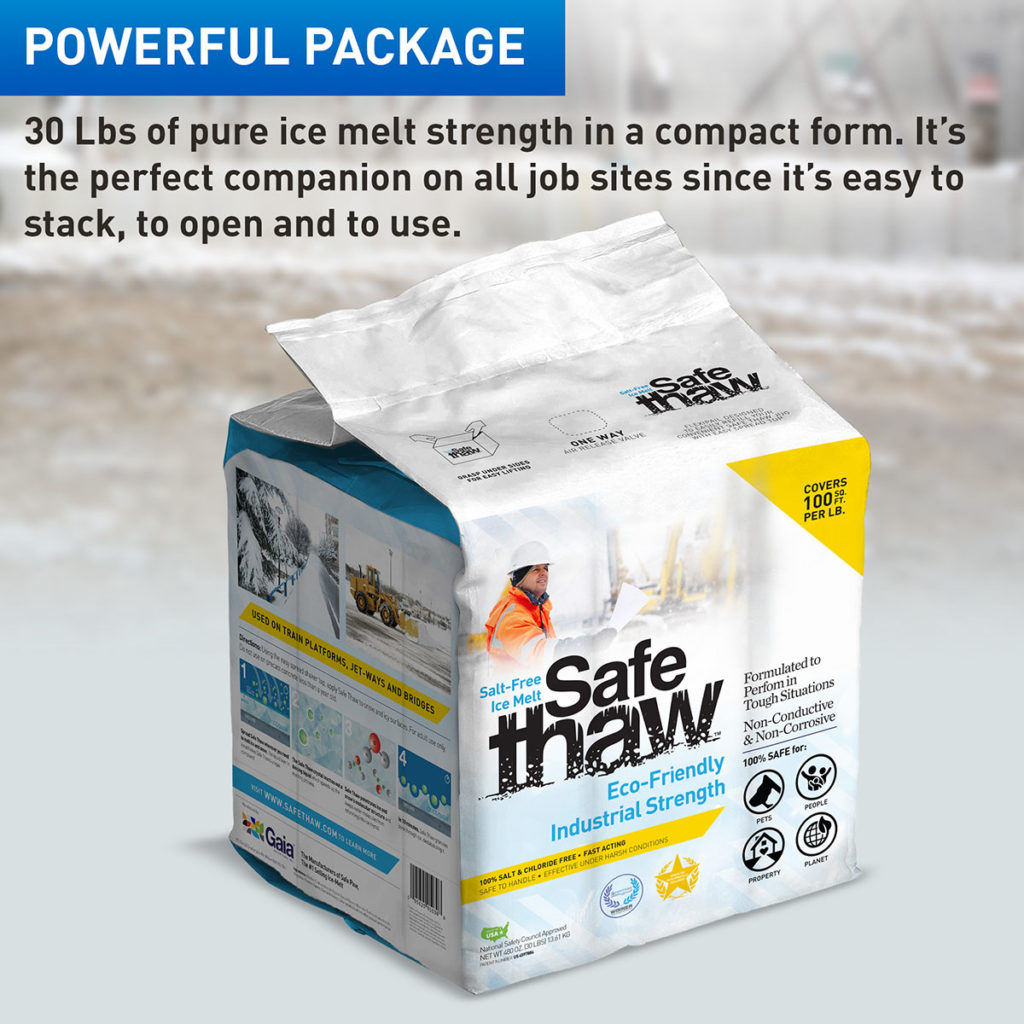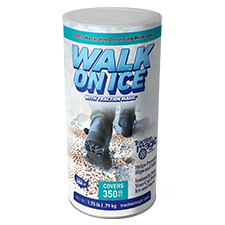What Are Roof Ice Melt Discs?

Nature’s best ice melt is natural ingredient-based products that are safe for the environment. But with our need to want quick fixes, we often need to pay more attention to this crucial factor. Our choices have started bending towards heavy chloride-based and salt-based products that melt ice quickly but also leave a deep residual impact.
Of the different choices, several homeowners want to go organic and natural. That is when they opt for products such as Safe Thaw to help them with their icy woes. A urea-based ice melt with a product with special ice-melting boosters and unique surfactants and glycol admixtures, Safe Thaw is 100% safe for your home and the environment. It does not leave any residual impact and does not harm pets or kids.
Despite these ice melt products, today, you will notice a variety of roof ice melt discs available in the market. They are easily available in the market or can be made at home, which would be quite time-consuming.

Blizzard Conditions? Stay Safe with Safe Thaw
Safe Thaw was created as the ice management solution for tough winter environments. Ideal in commercial and industrial properties, shops, government agencies, bridges, and construction.
What Are Roof Ice Melt Discs?
Do you remember stuffing salt in a nylon sock or pantyhose and putting them on the roof? It would melt the ice around it and help the melted ice flow better. Roof ice melt discs are another commercial version of the same thing. They are mostly salt-based pucks that can be thrown on the roof and will melt the ice. They are considered useful to avoid ice dam build-up, but we have yet to determine this.
Do Roof Melt Discs/Pucks Work?
Roof ice melt discs, also known as pucks, have become a popular solution for preventing ice dams and maintaining a safe and intact roof. Roof ice melt discs are designed to prevent ice dams by melting the snow and ice on your roof. These pucks typically contain ice-melting chemicals like calcium chloride. When placed strategically on your roof, they can help create channels for water to escape, reducing the risk of ice dam formation. But since they contain calcium chloride, it’s imperative that you understand the corrosive properties of this harsh chemical and its tendency to damage shingles.
How Many Roof Melt Pucks Should You Use?
The number of roof ice melt melt discs you should use depends on the size of your roof and the severity of the ice dam problem. A general guideline is to space them evenly across the affected area. However, for precise recommendations, consult the product’s instructions or a roofing ice melting professional.
Winter Storms Are Here!
Stay Safe with Our 100% Salt And Chloride-Free, Pet Safe Ice Melt.
How Is Ice Formed On The Roof?
Icicles and ice dams are usually formed when water accumulates around the edges and the corners of the roof. It does not have space to flow freely; that is where the problem starts. These icicles on the roof’s edge can harm those walking below as they may break and fall. The ice dams near the corners and storm drains will harm the inner walls, staining and spoiling them.
Are Roof Ice Melt Discs Safe To Use?
There are mixed reviews about roof ice melt discs, pucks, or tablets. Since they are lightweight, there is a high chance of them going off the roof or not staying still in one place. They melt the ice around themselves instead of a larger area. Thus, you must use several ice pucks or discs over the roof to help the ice melt. These discs may discolor your roof and ruin your landscape.
What Kind of Ice Melt Is Safe for Roofs?
Calcium chloride is a commonly used ice melt ingredient that is considered safe for roofs when used appropriately. It effectively melts ice and snow without damaging roofing materials. Safe Thaw ice melt, which we recommend, is chloride-free and entirely safe for your roof.
100% Salt & Chloride-Free Ice Melt for Winter Storm Protection.
Conclusion
Nature’s best ice melt is naturally procured ice melt products, such as Safe Thaw, made of urea-modified ingredients. However, homeowners have resorted to using pucks or roof ice melt discs over time. There may be better ways to melt ice than this, as the long-term repercussions may be more. It is best to rake the roof, call a contractor to melt ice, use deicing cables, or use safe ice melt products to keep your roof safe from winter.
FAQs
Try Also Our Other Winter Safety Products:
Safe Paw
The Original and #1 Selling Pet and Child Safe Ice Melt for over 20 years. Guaranteed environmentally safe –It won’t harm animals or children, and it won’t damage your property. That’s Safe Paw. Safe Paw can change how winter affects our planet.

Walk On Ice
The handy disposable canister can be taken everywhere, with the same 100% naturally occurring minerals that provide instant traction on ice or snow. Use it on sidewalks, steps, or as an instant traction agent for your car.



